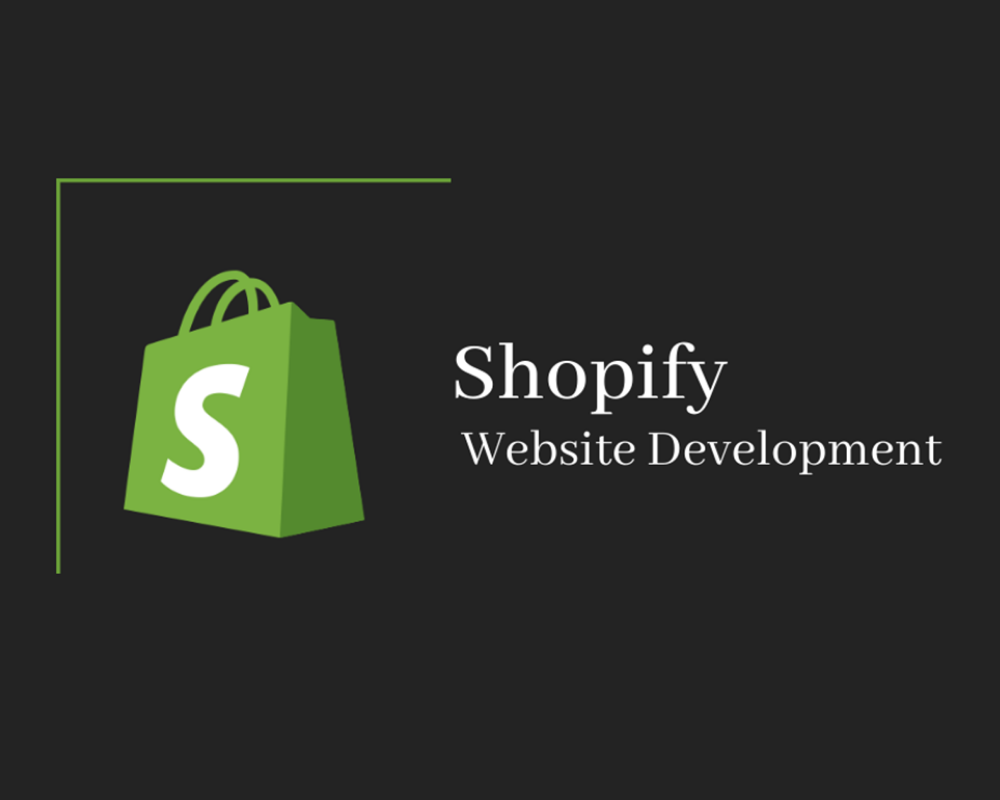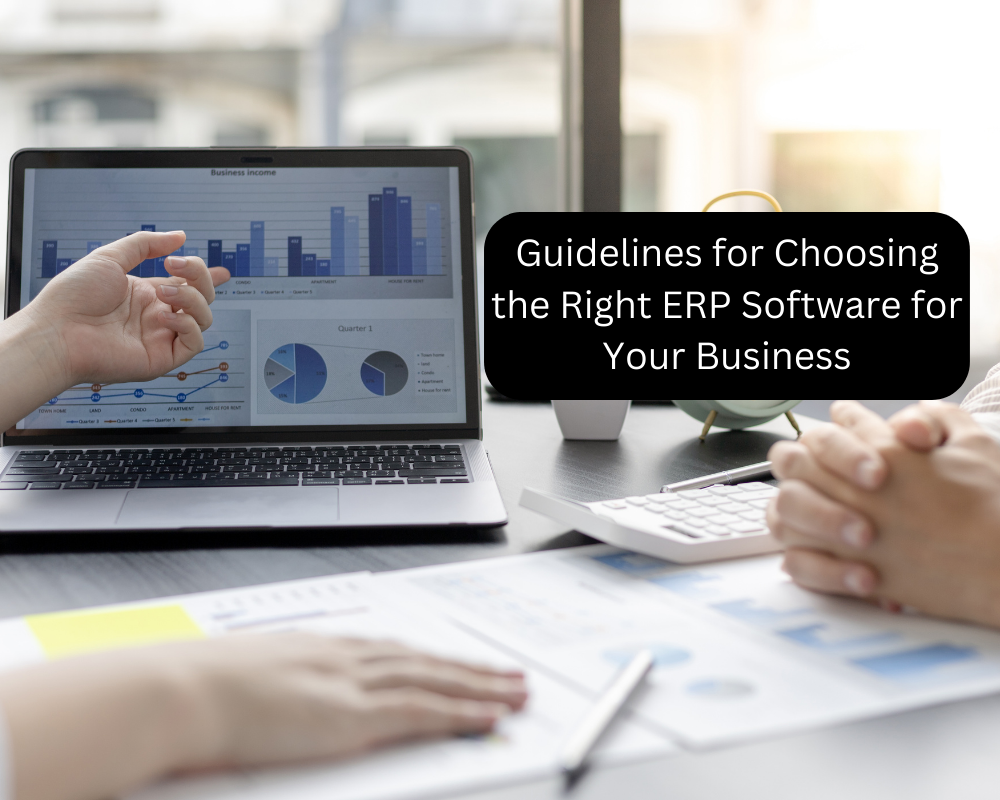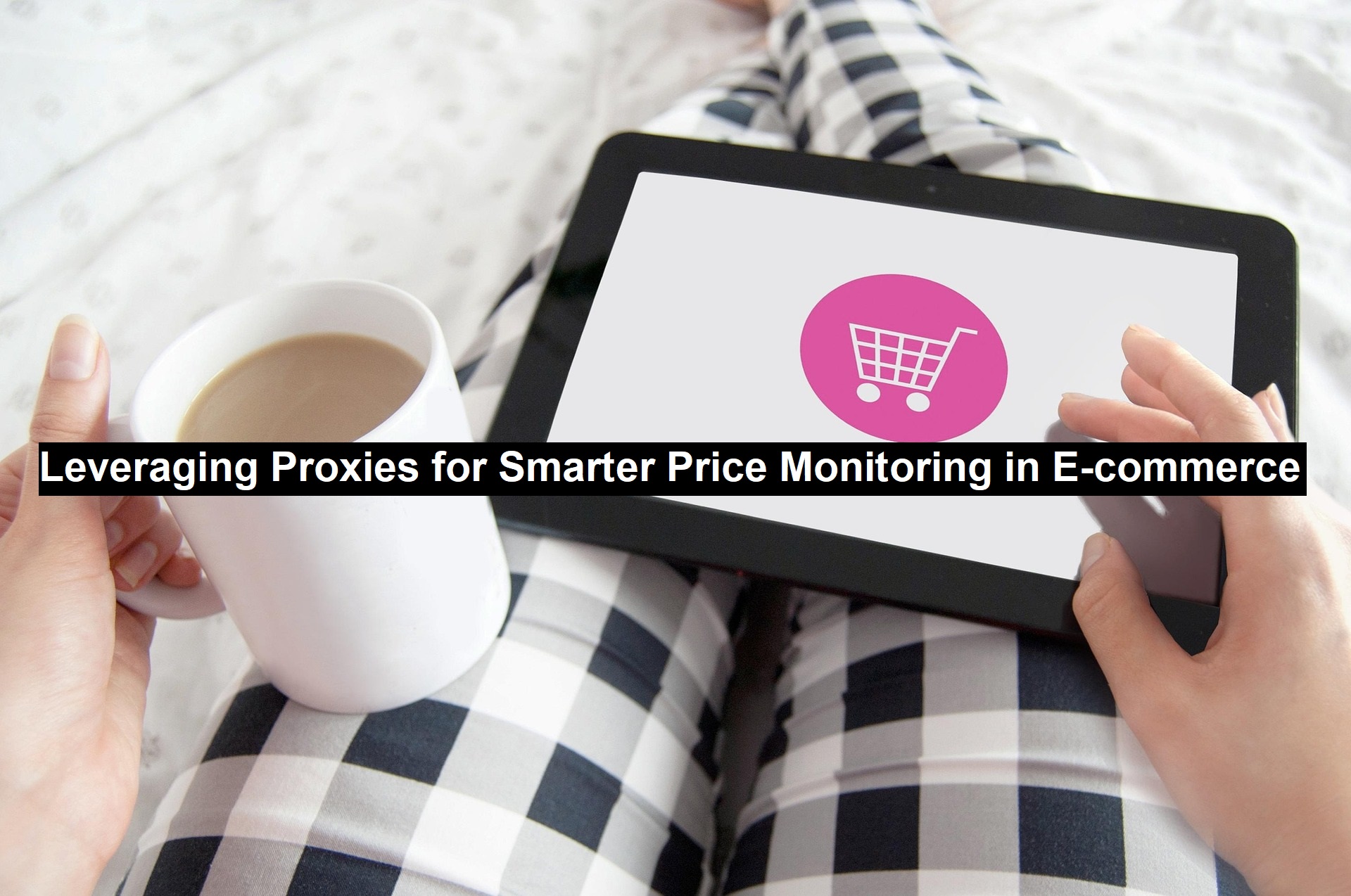In today’s ultra-competitive e-commerce environment, price monitoring has evolved from a strategic advantage to a necessary survival tool. Consumers compare prices across dozens of platforms in a matter of seconds. For online retailers, staying ahead requires more than attractive offers — it demands real-time insight into competitors’ pricing strategies.
To gather that intelligence effectively, more businesses are turning to proxies — a technology that enables automated, anonymous, and scalable data extraction from competitor websites without the risk of getting blocked or throttled.
The Problem with Manual Price Monitoring
Manual tracking of prices on competitor websites is time-consuming, prone to error, and simply not feasible at scale. Large marketplaces update prices frequently, and promotions change by the hour. Without automation, e-commerce brands risk making decisions based on outdated or incomplete information.
This is where web scraping becomes a game changer. Scraping tools can automatically collect pricing data from hundreds of SKUs across multiple sites. However, scraping from a single IP address often results in blocks, CAPTCHAs, or IP bans — particularly from sites with aggressive bot detection.
Read: 5 Ways to Improve Your Shopify Store’s Performance Through Web Development
Proxies: The Key to Reliable Scraping
A proxy routes your internet traffic through a different IP address, making it appear as though the request originates from another user or region. When used with price monitoring tools, proxies allow businesses to:
- Rotate IP addresses to avoid detection
- Bypass geo-restrictions to compare international prices
- Access sites anonymously without revealing their identity
- Scrape data at scale, 24/7
Different types of proxies serve different purposes. For instance, residential proxies offer real-user IPs, making them harder to detect. Datacenter proxies are faster and more cost-effective, while ISP proxies combine speed and legitimacy.
E-commerce Use Cases for Proxy-Based Monitoring
1. Dynamic Pricing: Retailers can automatically adjust their pricing based on competitor fluctuations to remain the cheapest or most balanced option.
2. Global Pricing Strategies: Cross-border sellers can monitor regional marketplaces to offer location-based pricing or promotional campaigns.
3. MAP Violation Detection: Brands can enforce minimum advertised pricing policies by identifying unauthorized discounts across reseller networks.
4. Inventory Insights: Understanding not just price but also stock availability at competing stores can inform product positioning and logistics.
Choosing the Right Proxy Provider
With so many providers in the market, it’s critical to choose one that offers high uptime, low latency, and responsive customer support. Businesses also need scalable plans and access to diverse IP pools across countries.
A strong option is https://proxy-seller.com — a proxy provider offering a wide range of solutions including residential, datacenter, mobile, and ISP proxies. With support for over 50 geographies and flexible packages for both small and enterprise clients, they enable efficient and secure price tracking operations tailored to your needs.
Final Thoughts
In an era where pricing wars can make or break online businesses, having access to clean, timely, and reliable competitor data is non-negotiable. Proxies empower e-commerce brands to build intelligent pricing models, detect undercutting, and optimize revenue — all without risking bans or blocked access.
For retailers serious about automation, intelligence, and competitive advantage, implementing proxies into your price monitoring stack is no longer optional — it’s a must.












